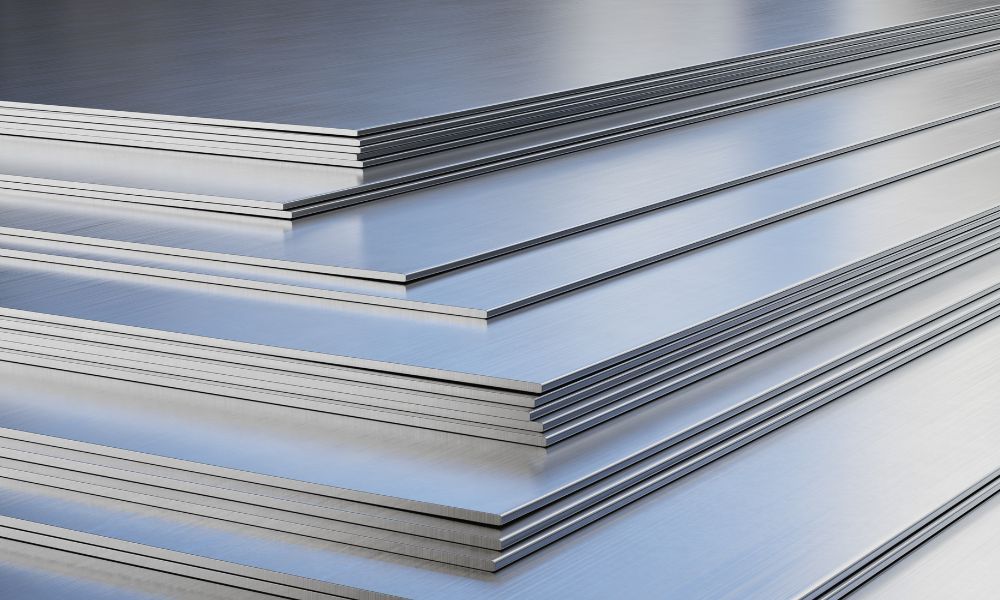Stainless Steel Gauges: Which Thickness Do You Need?

How is the thickness level determined, and does the number go up or down? Those two thoughts run through every worker’s mind, and the best way to know is through our guide on stainless steel gauges to help you decide which thickness you need.
Why Do You Need a Certain Level of Thickness?
A gauge needs a certain level of thickness to not only determine how to read a chart for your metal but also help with wiring. For example, in the 19th century, Great Britain used gauges to help draw their wiring, but no other metal was available except iron. So, they used iron to determine wire thickness.
Over time, workers developed new standards to find the best gauge thickness level for other metals, like aluminum and carbon steel. For example, when using metal sheets, many workers found it easiest to measure how much they had based on the material’s thickness instead of its weight.
Metals Have Different Gauge Charts
To dive further, every metal type has its gauge chart, which can be pretty inflexible with information. For one thing, aluminum sheet charts won’t have their measurements split into categories like hot and cold rolled for carbon steel.
On the other hand, the aluminum sheet chart shows each material’s thickness for sheets from 36 to 60 feet wide.
Carbon Steel
Carbon steel’s charts are different than stainless steel and aluminum. For one, a steel sheet is a 12 on the thickness gauge, while rounded steel pipes don’t have a gauge thickness number. However, you can estimate a figure based on its nominal size.
Aluminum
Aluminum is different; it has charts describing thickness in inches and decimal form. Although the aluminum could be slightly thin, it does have room to thicken depending on the project and can turn into all kinds of things, from tubing to angled parts.
How To Read a Stainless Steel Gauge Chart
You can apply this formula easily to other charts by scanning every area up and down. As you examine the information, note the different numbers and categorized sections. Like carbon steel’s chart, they have the gauge thickness level written out; in that same spot, you’ll move down to the decimal number for that gauge thickness level.
The decimals are different every time, depending on the type of metal you use. For example, let’s compare carbon steel and stainless steel. Two thick sheets rated at 14 will have different percentages, so ensure you use the correct chart every time you measure a gauge thickness.
If you find you’re having trouble configuring your stainless steel gauge thickness level, you’ll most certainly find this guide helpful for your future project with commercial metal polishing.
Get to know gauge thickness levels more with CMPI. Custom Manufacturing and Polishing Inc. ensures every gauge thickness measurement is precise before making your product. Contact us for more information on metal thickness gauges and how we can make your dream project a reality.





